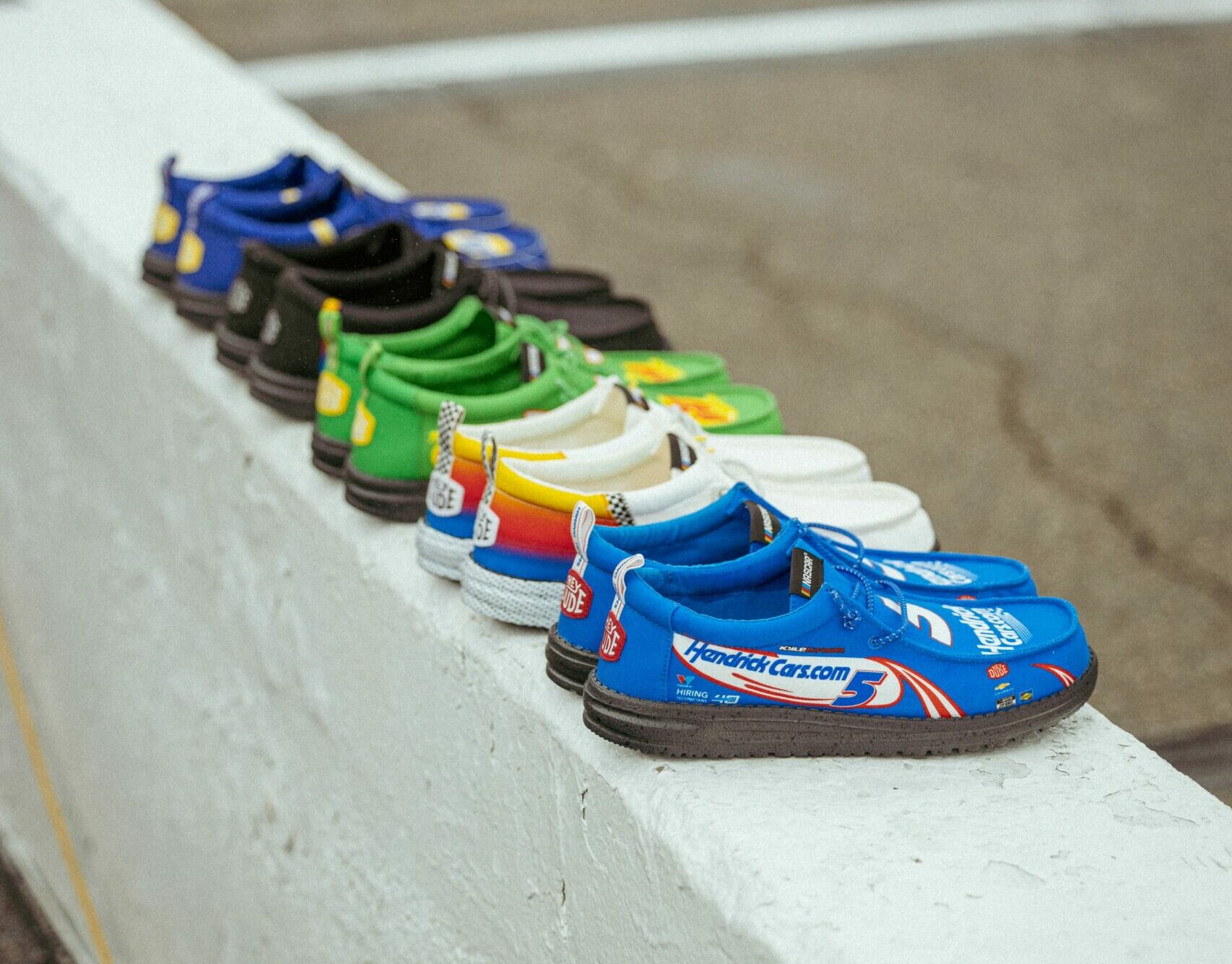Driving in snow presents unique challenges that require specific skills and preparation. Whether you’re a seasoned winter driver or facing your first snowy season behind the wheel, understanding how to safely maneuver in these conditions is crucial. Snow can reduce traction, impair visibility, and make normal driving maneuvers much more difficult.
Preparing Your Vehicle
Before the snow starts falling, it’s important to prepare your vehicle for winter conditions:
- Install winter tires or snow chains. These provide better traction in snow and ice compared to all-season tires.
- Check and maintain proper fluid levels, especially antifreeze and windshield washer fluid rated for low temperatures.
- Ensure your battery is in good condition, as cold weather can reduce its effectiveness.
- Prepare an emergency kit including a shovel, ice scraper, jumper cables, flashlight, blankets, snacks, and a first-aid kit.
Pre-Drive Preparations
Before setting out on snowy roads:
- Clear all snow and ice from your vehicle, including the roof, hood, and trunk. A car crash lawyer relayed that snow left on top can slide onto your windshield while driving and cause an accident.
- Ensure all windows, mirrors, and lights are clear and functioning properly for maximum visibility.
- Warm up your vehicle for a few minutes to ensure proper functioning, but avoid idling for too long to prevent wasting fuel and unnecessary emissions.
Adjusting Your Driving Technique
Driving in snow requires a different approach:
- Reduce your speed significantly. Posted speed limits are for ideal conditions, which snow is not.
- Increase your following distance to at least 5-6 seconds. This gives you more time to react to any situations ahead.
- Use smooth, gradual movements when accelerating, braking, or steering. Sudden actions can cause your vehicle to lose traction.
- Avoid using cruise control, which can cause your vehicle to accelerate when it loses traction.
Handling Skids
If you find your vehicle skidding:
- For a front-wheel skid (understeer), ease off the gas and steer straight until you regain traction.
- For a rear-wheel skid (oversteer), steer into the direction of the skid and gently accelerate to transfer weight to the rear wheels.
- If your vehicle has anti-lock brakes (ABS), apply firm, continuous pressure to the brake pedal during emergency stops. The system will pulse the brakes automatically.
Navigating Specific Road Conditions
Different road situations require specific techniques:
- When driving uphill, gain some momentum on flat ground before starting your ascent. Avoid stopping if possible.
- When descending, reduce your speed before starting downhill and use low gear to assist in slowing down.
- Be extra cautious on bridges and overpasses, which freeze before other road surfaces.
- Give snowplows and salt trucks plenty of space. Never try to pass a snowplow on the right.
Visibility Concerns
Maintaining good visibility is crucial:
- Use your headlights to see and be seen, even during daylight hours.
- Be prepared for glare from snow, especially on sunny days. Use polarized sunglasses if necessary.
- In whiteout conditions, pull over if possible. If you must continue, use the right edge of the road or snow poles as a guide.
Emergency Situations
If you find yourself in trouble:
- If you get stuck, clear snow from around your tires and use sand, kitty litter, or your floor mats for traction. Rock the vehicle gently between drive and reverse.
- If you break down, stay with your vehicle. Run the engine and heater for about 10 minutes each hour, opening a downwind window slightly for ventilation.
- If conditions become too severe, find a safe place to pull over and wait it out.
Technology and Assistance Systems
Modern vehicles come with various systems to aid winter driving:
- Traction control helps prevent wheel spin during acceleration.
- Stability control helps maintain directional control in slippery conditions.
- Four-wheel and all-wheel drive can provide better traction but don’t help with braking. Don’t let these features give you a false sense of security.
Remember that while these systems can help, they have limitations and can’t overcome the laws of physics.
Post-Drive Care
After driving in snow:
- Clean your vehicle thoroughly, especially the undercarriage, to prevent salt and road chemicals from causing corrosion.
- Check for any damage or unusual wear that may have occurred during your snowy drive.
Staying Safe
Driving in snow requires extra caution, preparation, and a different set of skills compared to normal driving conditions. By following these guidelines, you can significantly increase your safety and confidence when navigating snowy roads. Remember:
- Preparation is key – both for your vehicle and your driving mindset.
- Slow down and leave plenty of space between you and other vehicles.
- Use smooth, gradual movements and avoid sudden actions.
- Be prepared for emergencies and know how to handle skids.
- Understand the limitations of your vehicle’s safety systems.
Most importantly, always assess the conditions and your own comfort level. If you don’t feel safe driving in the current weather, it’s always better to delay your trip or find alternative transportation. No destination is worth risking your safety.
With practice and the right approach, you can navigate snowy roads safely and confidently. Stay alert, stay cautious, and enjoy the winter wonderland from the safety of your well-prepared vehicle.







